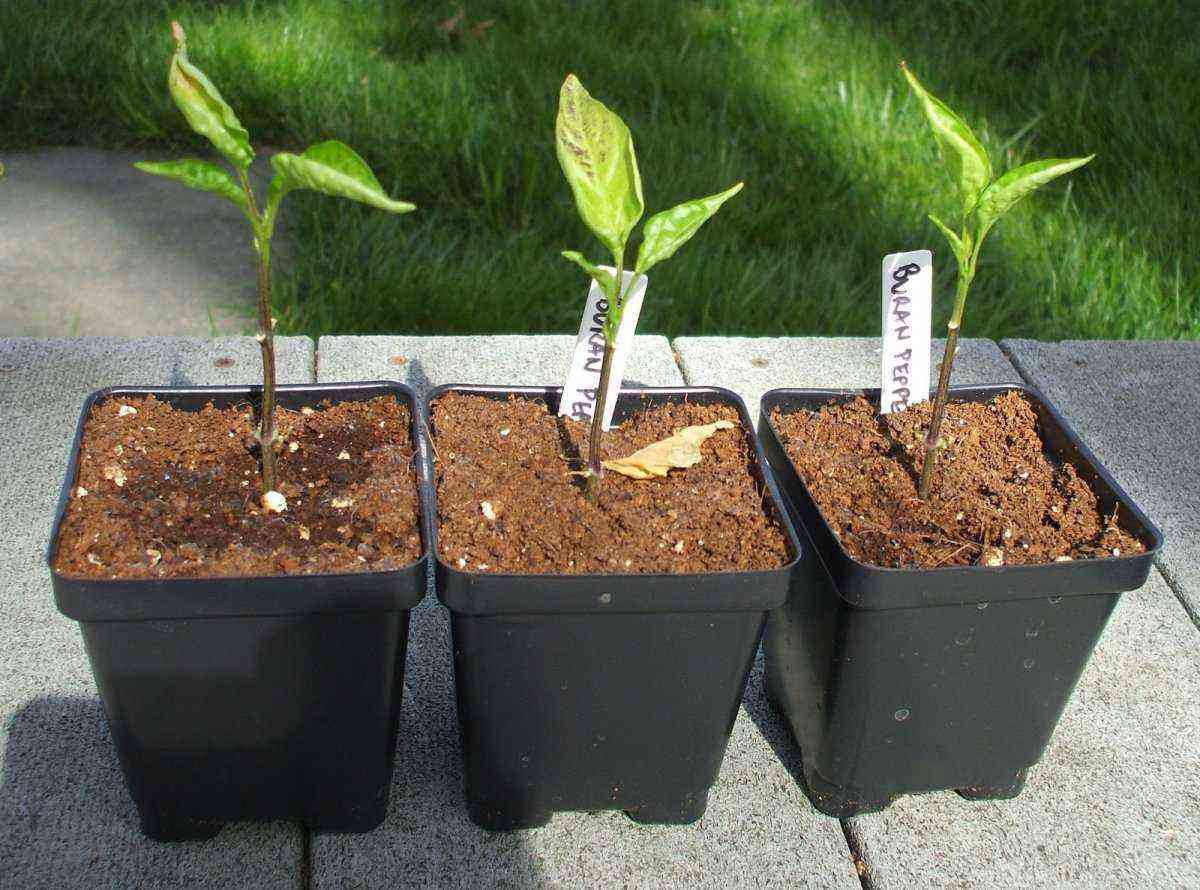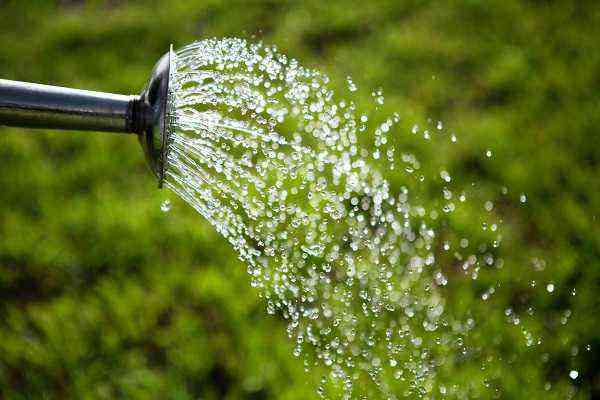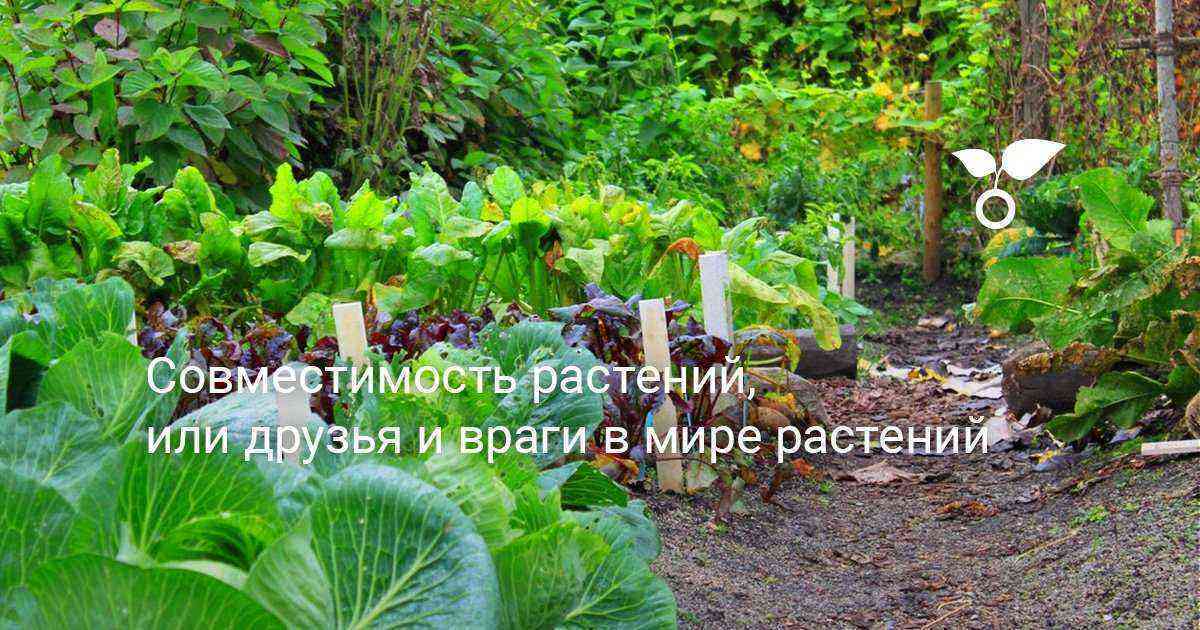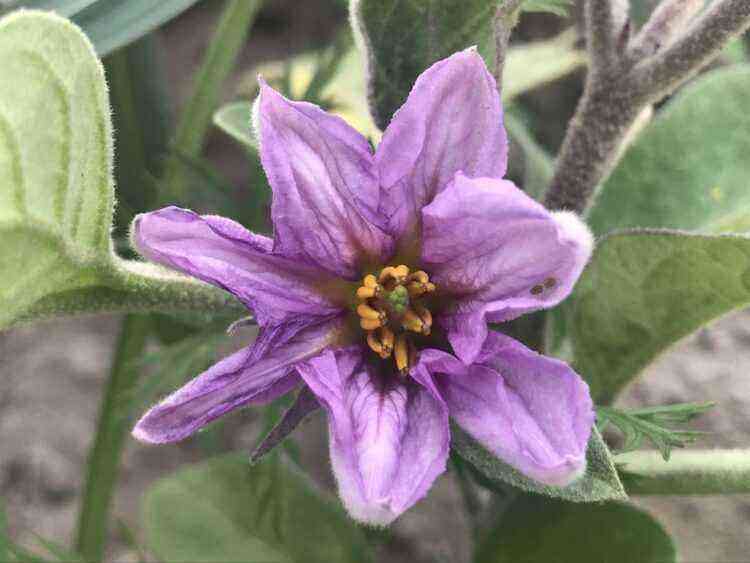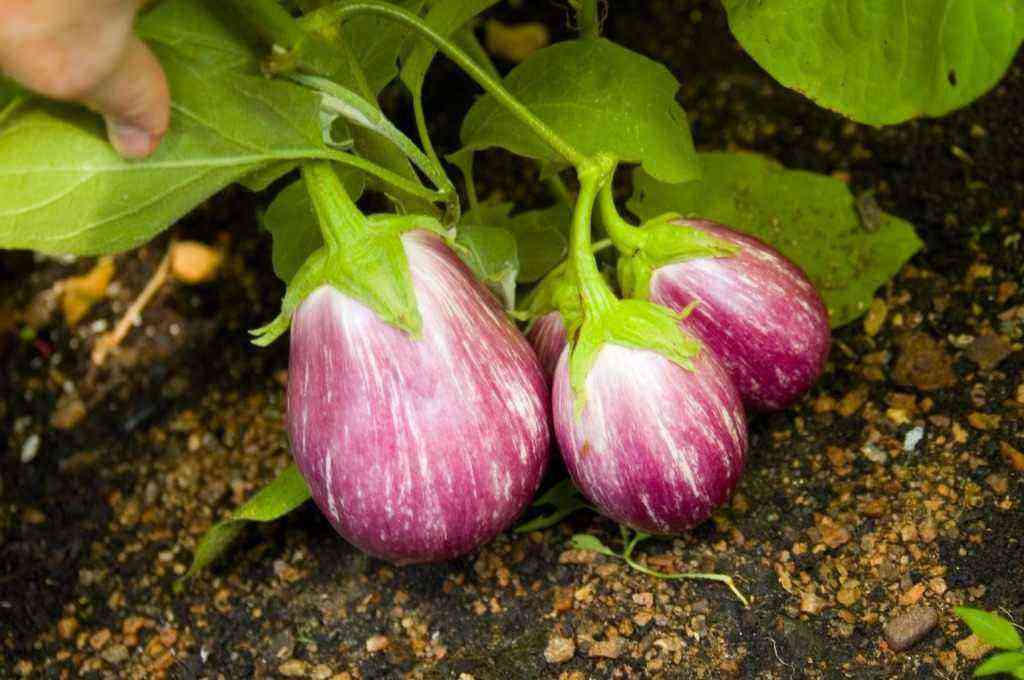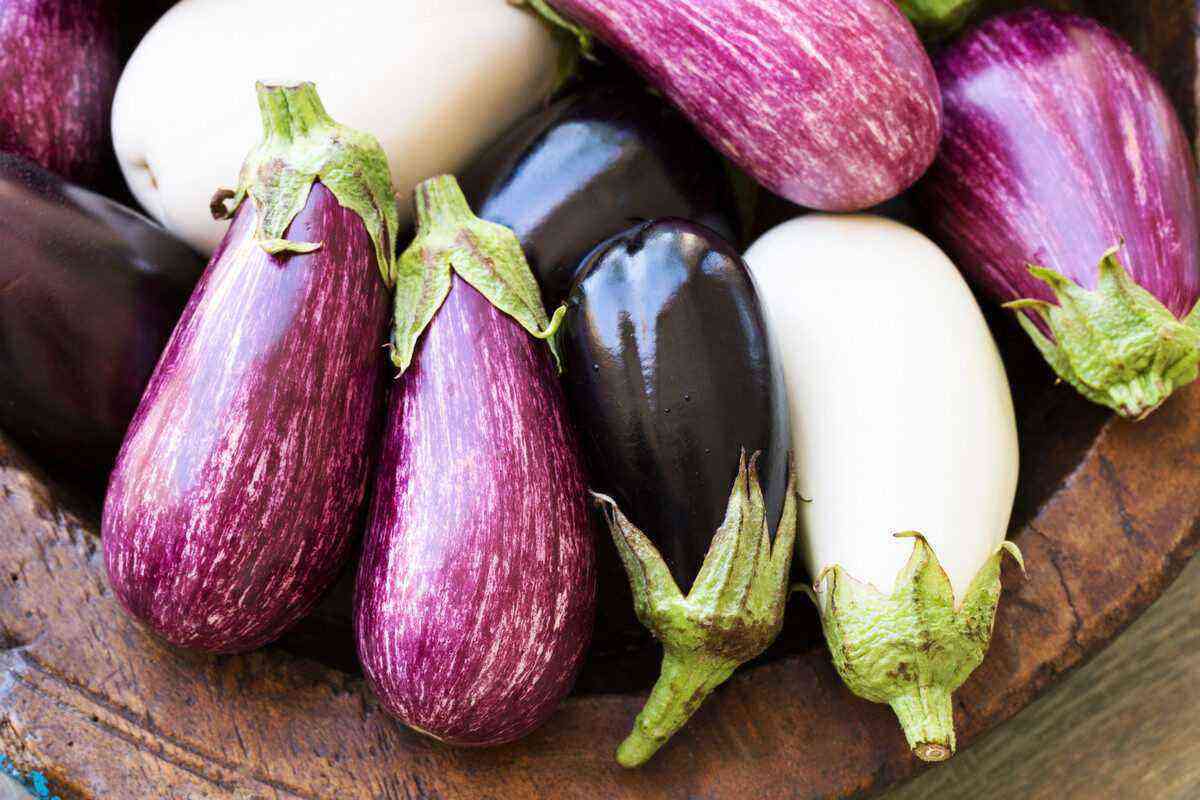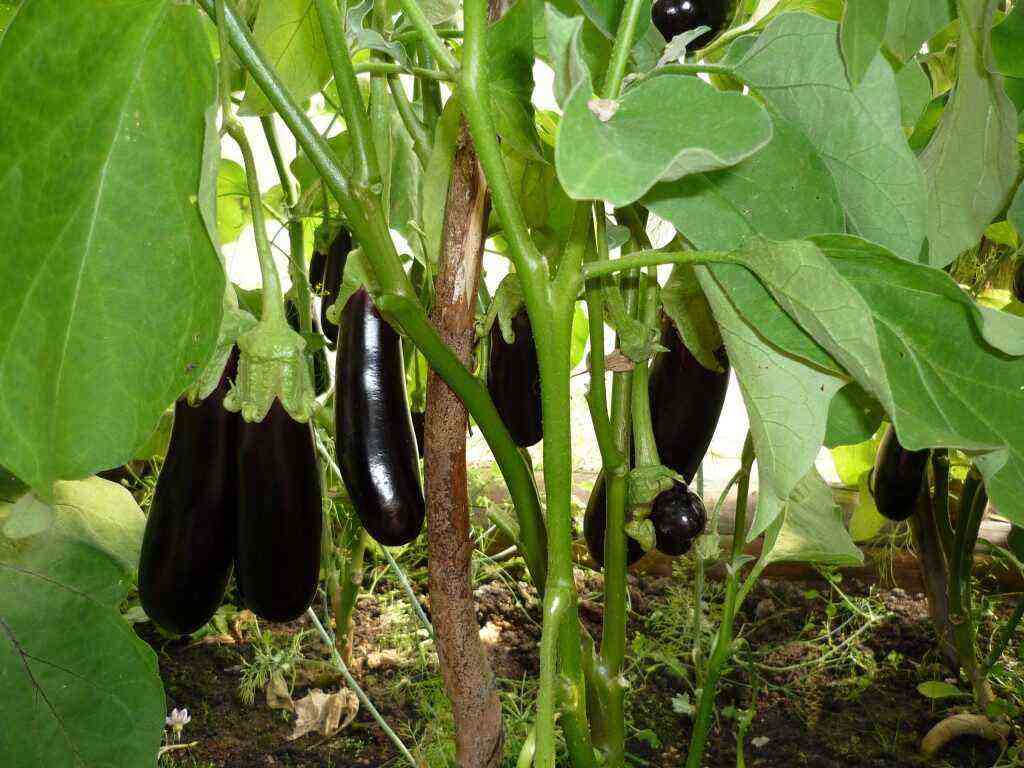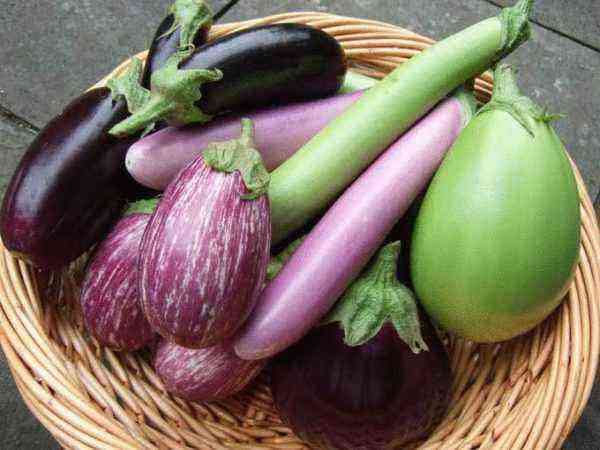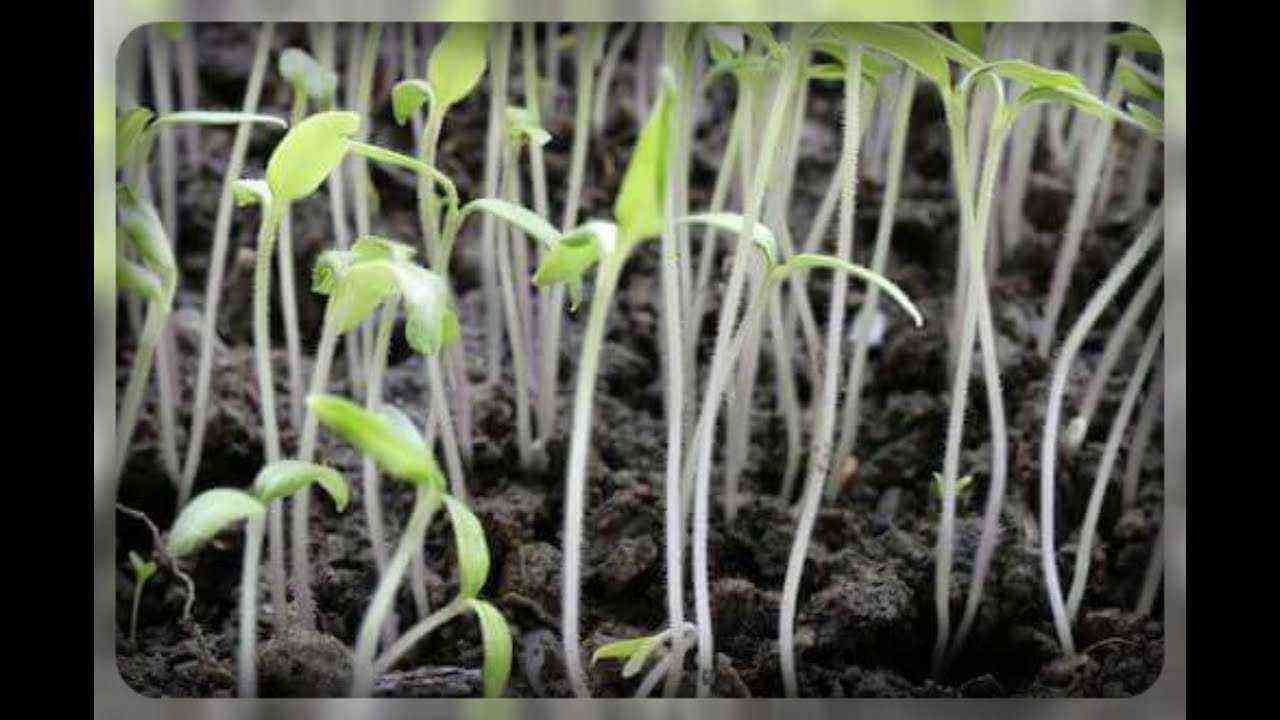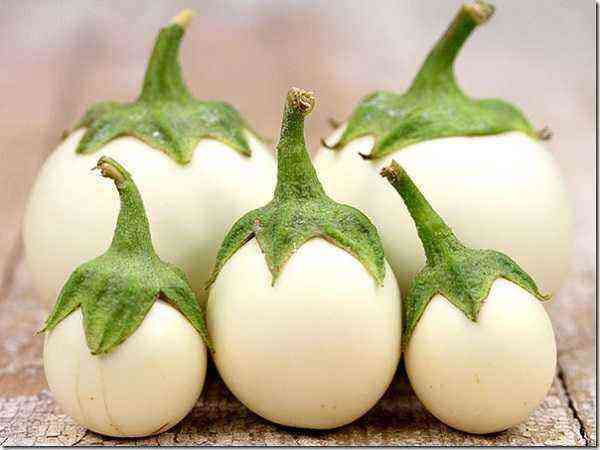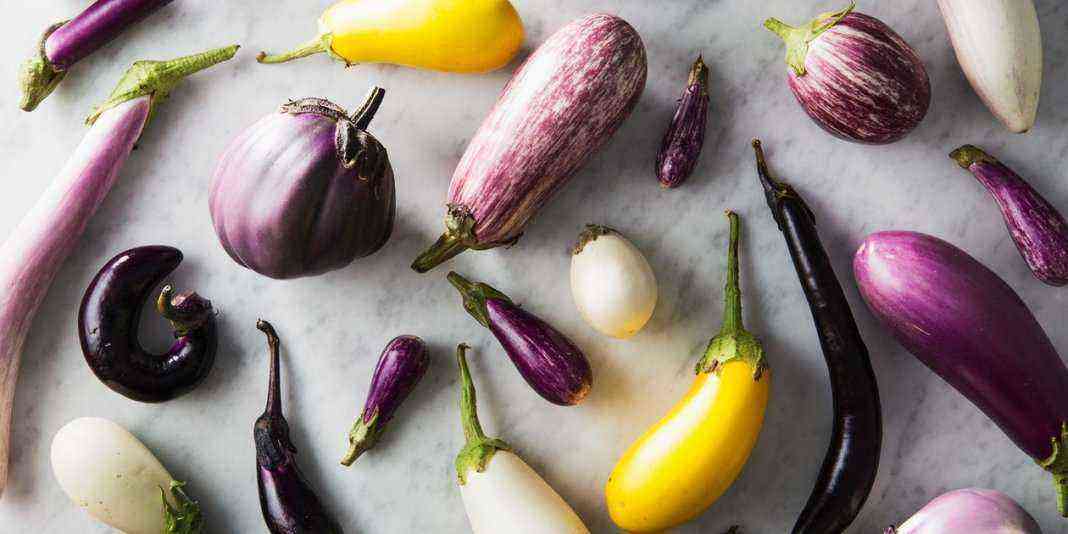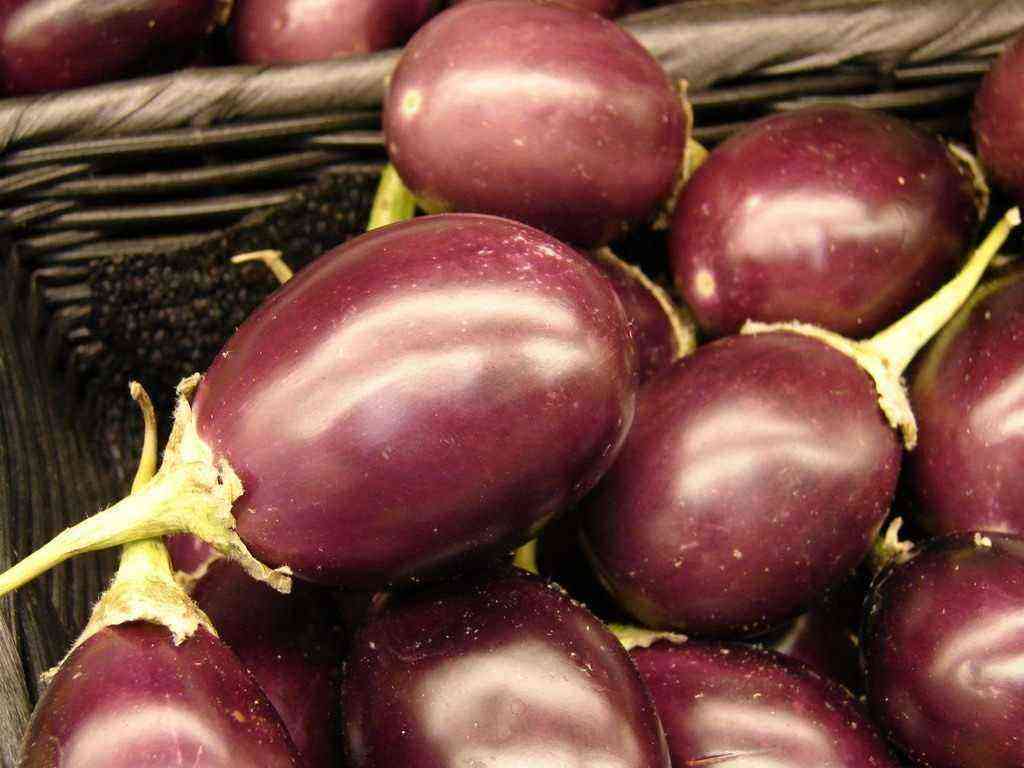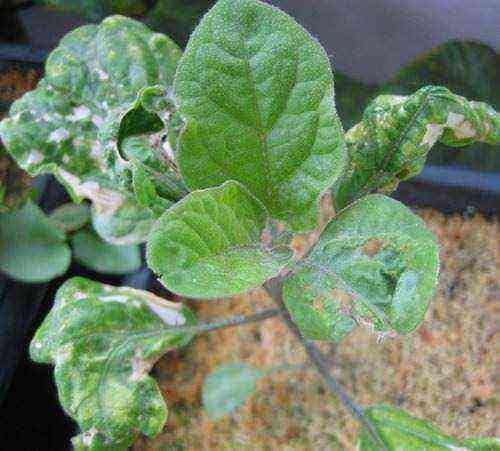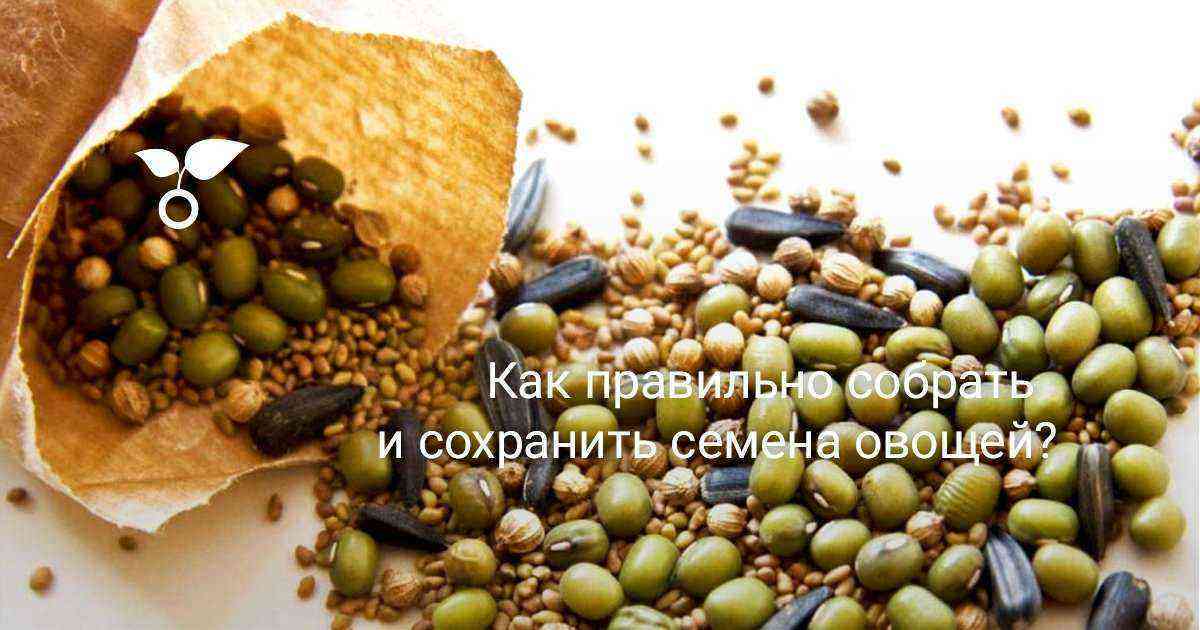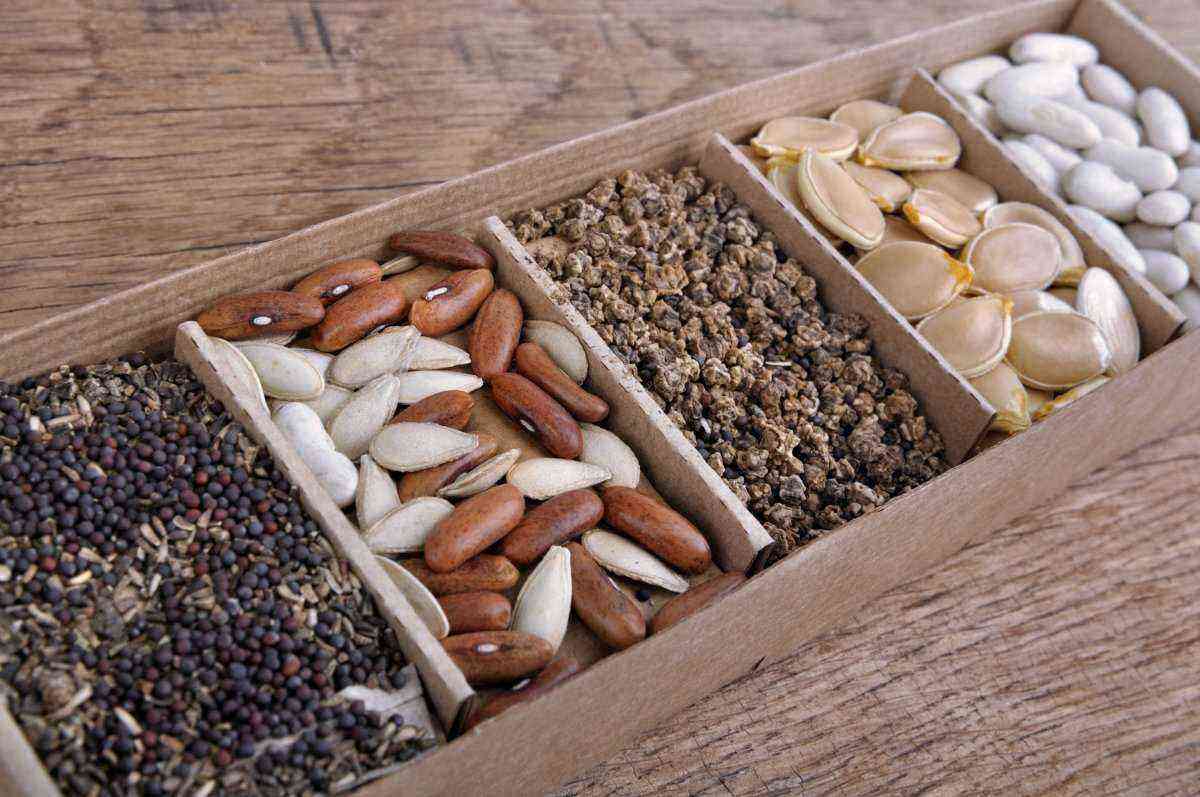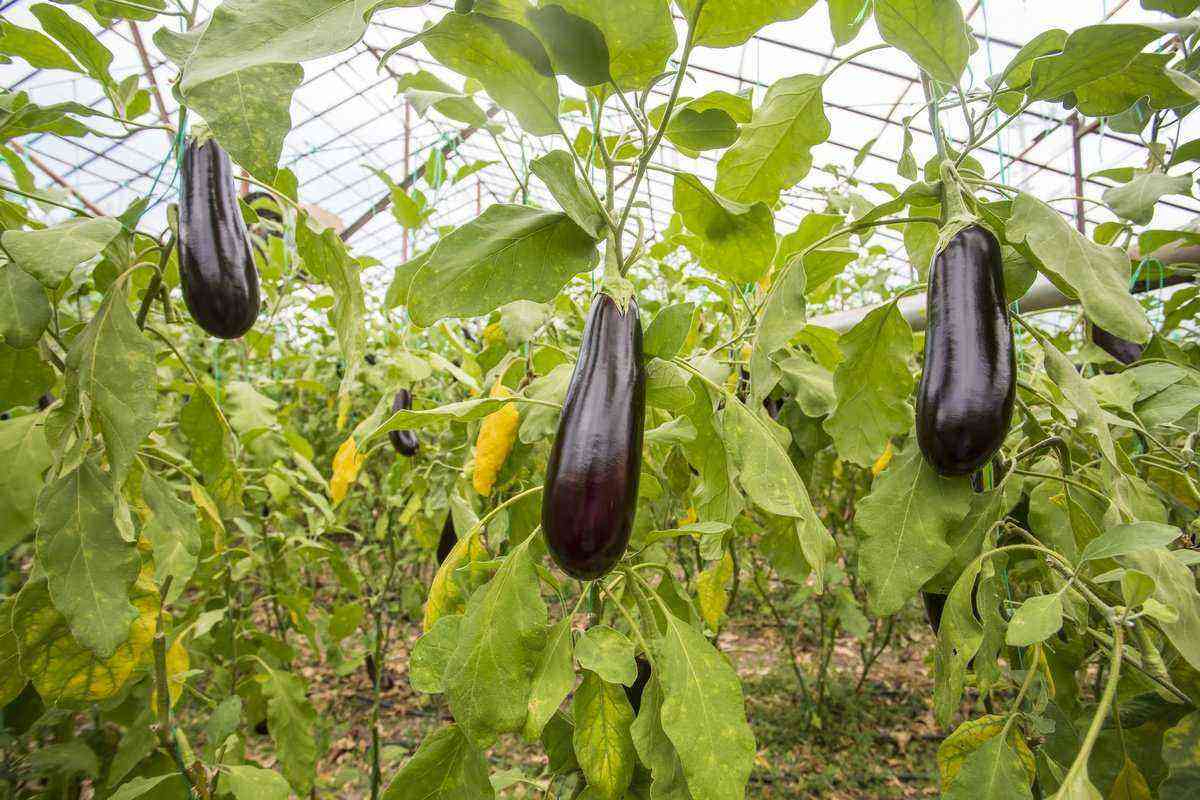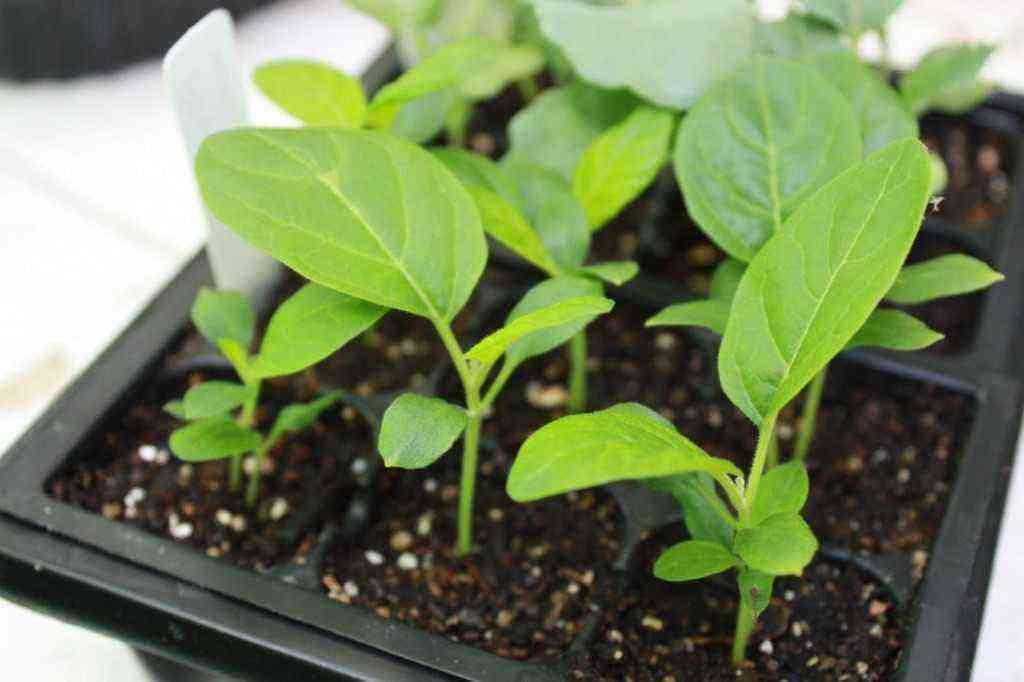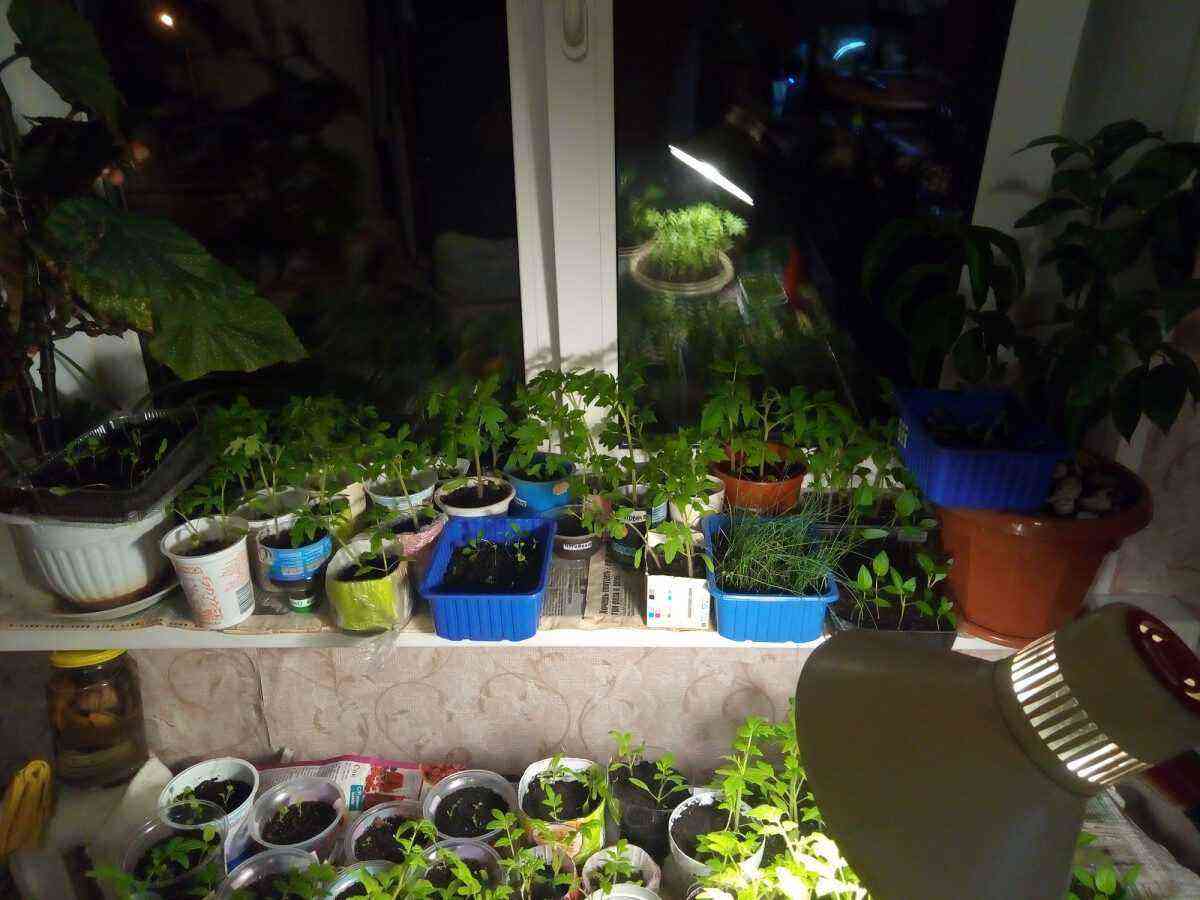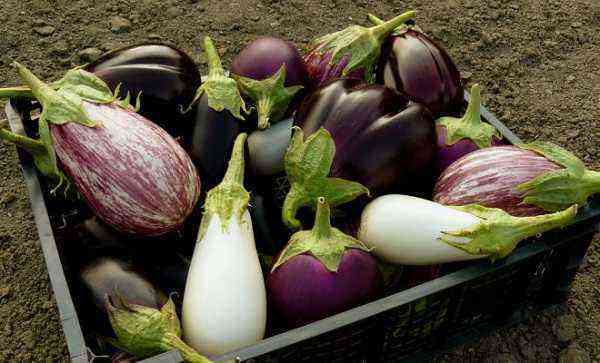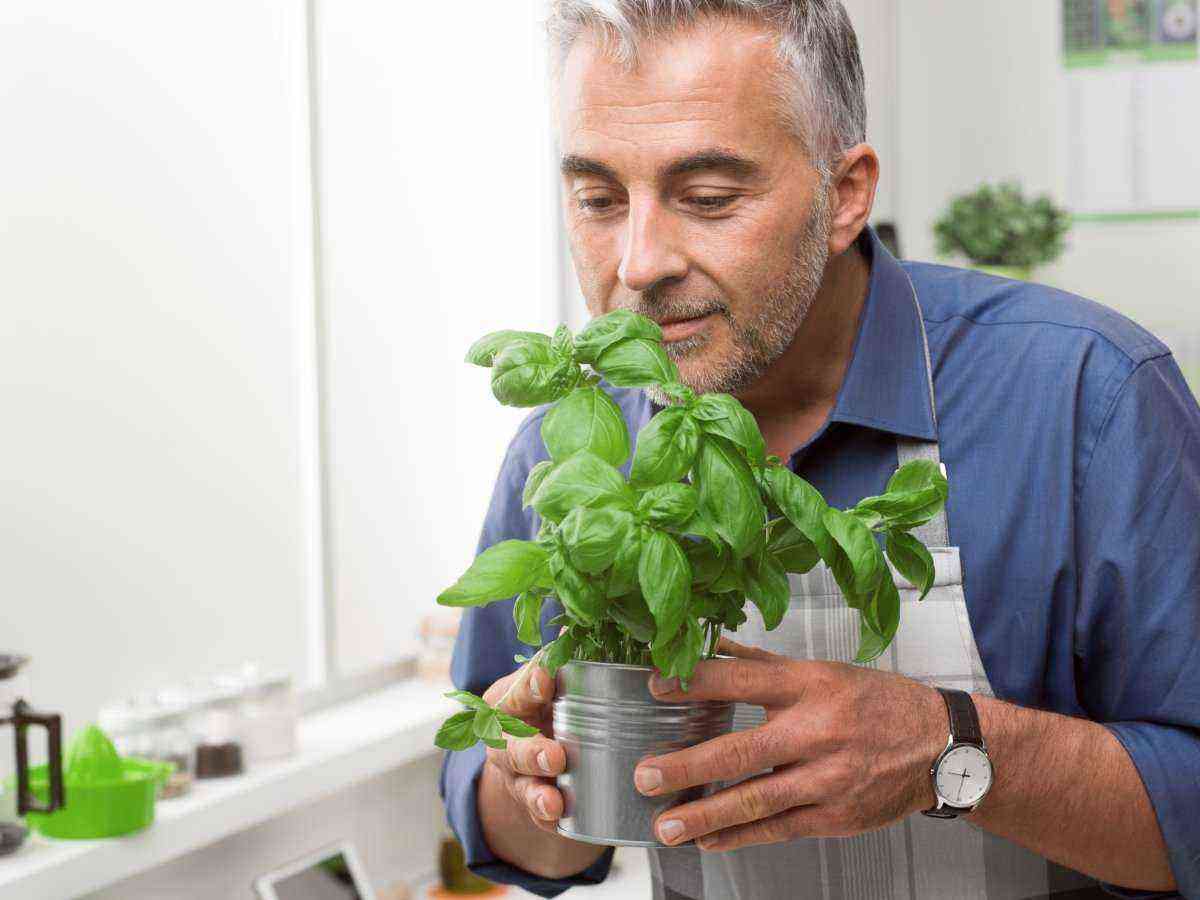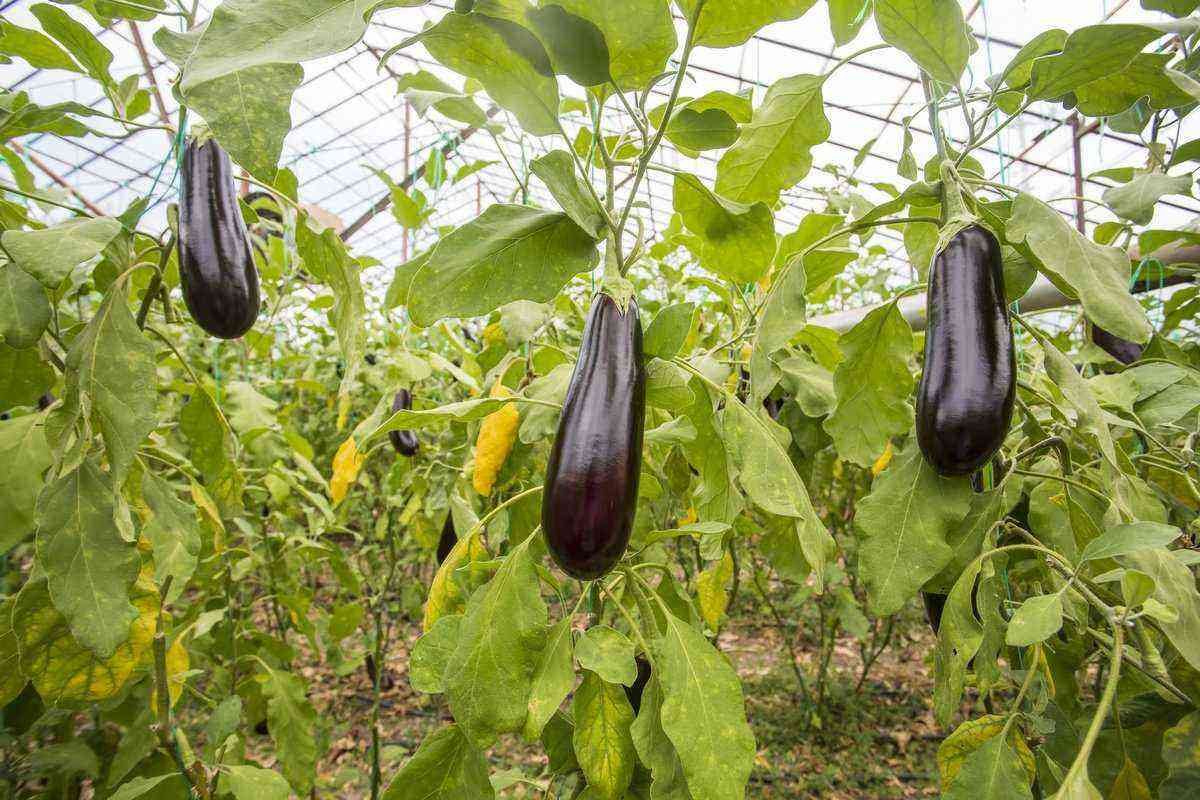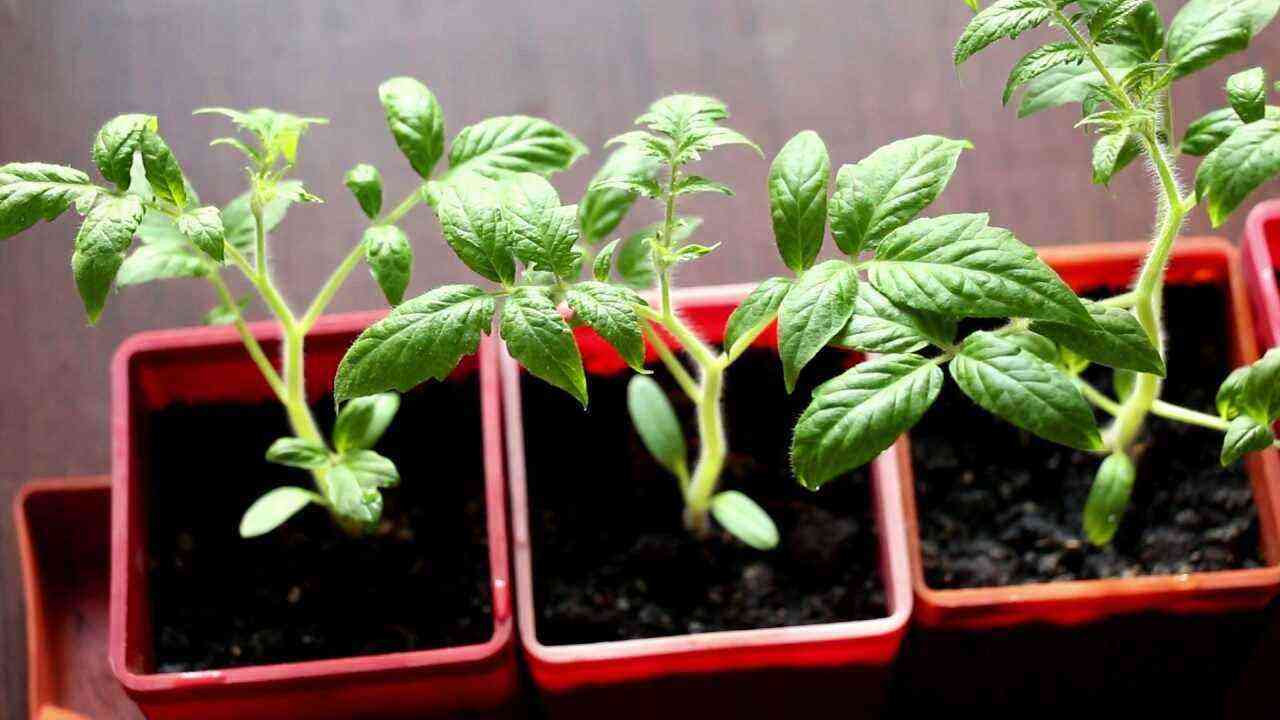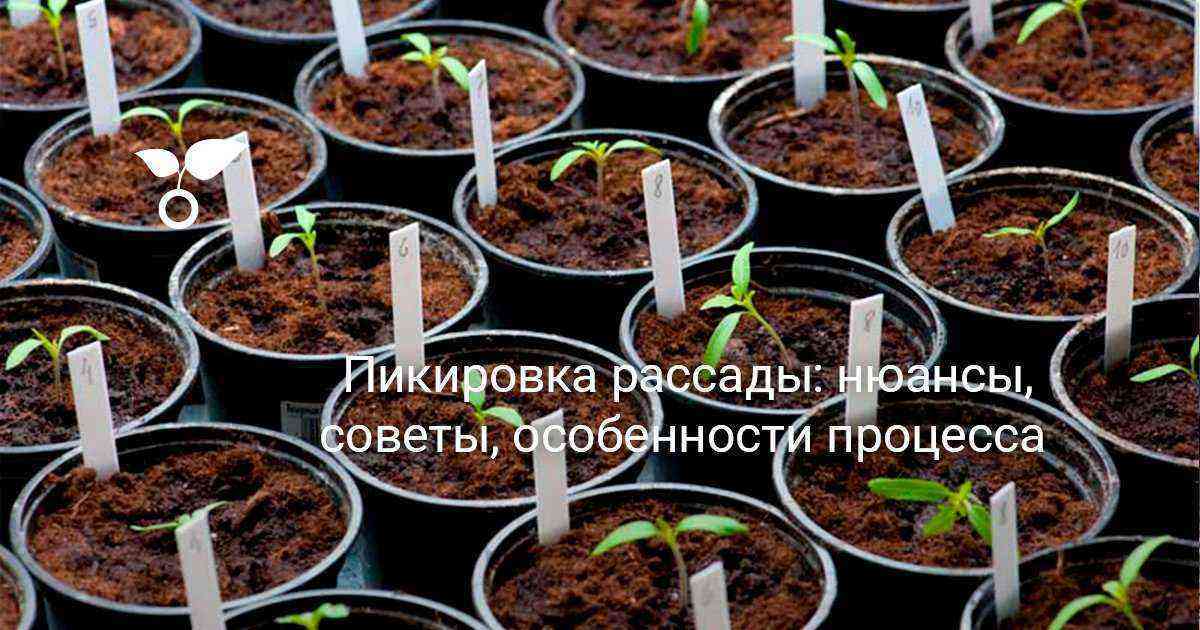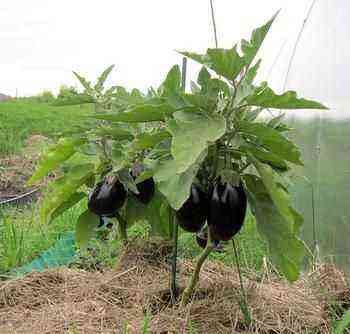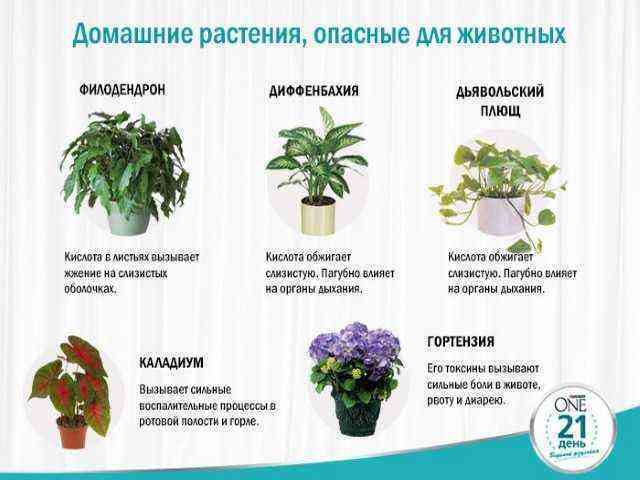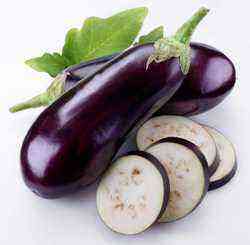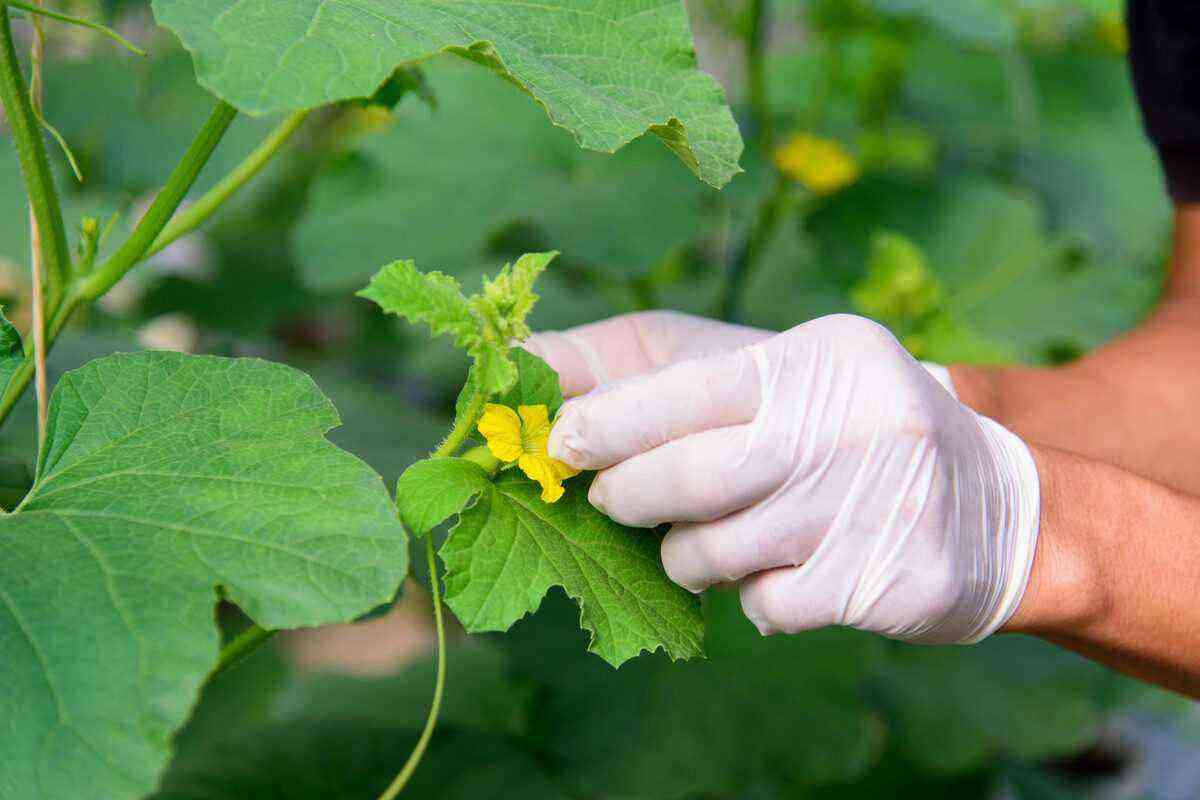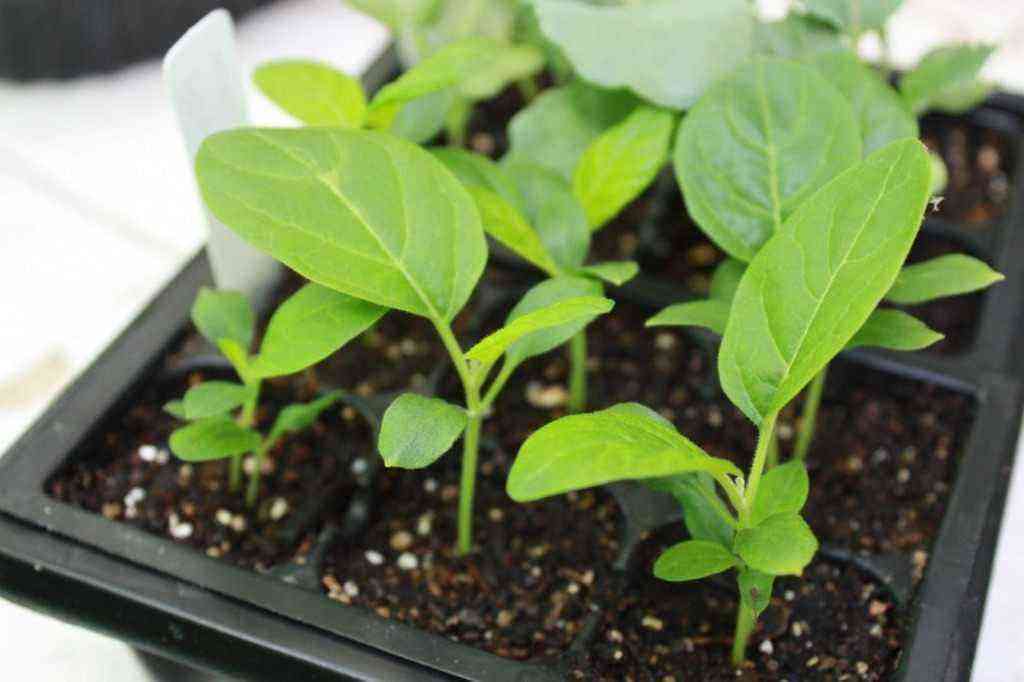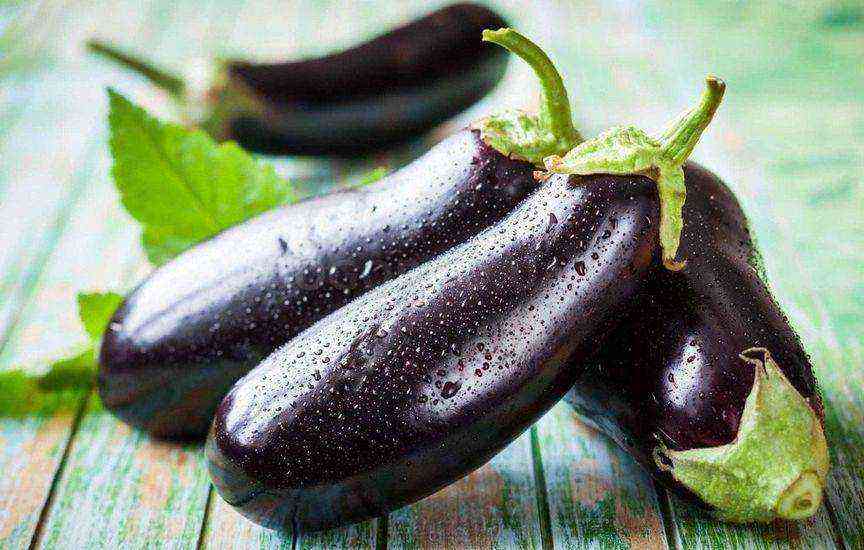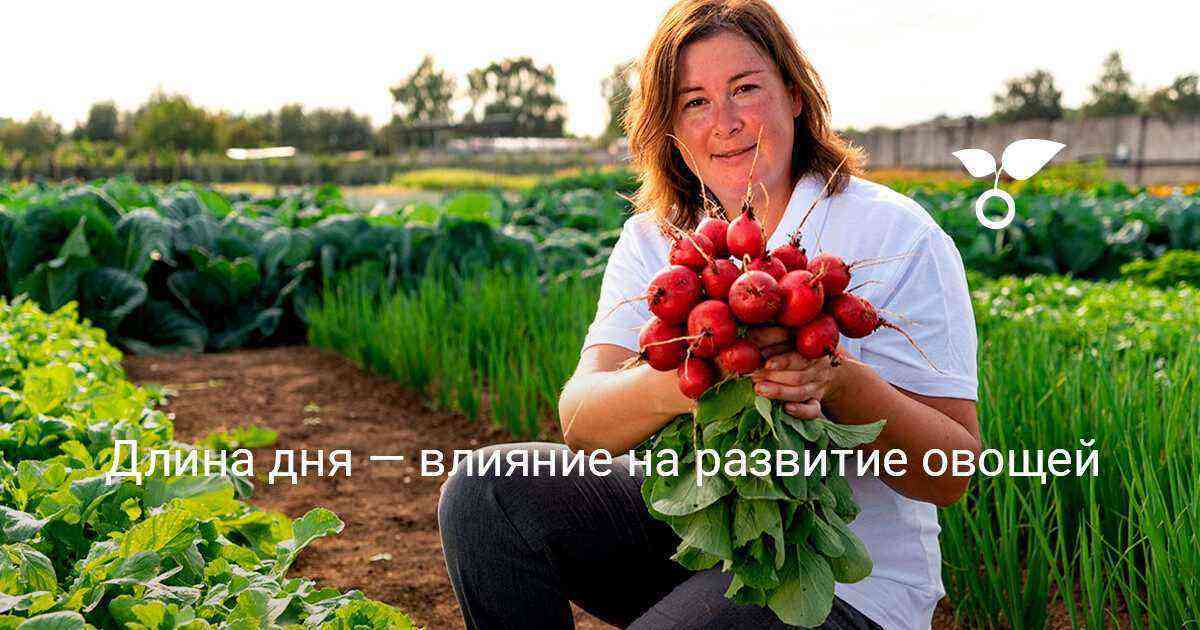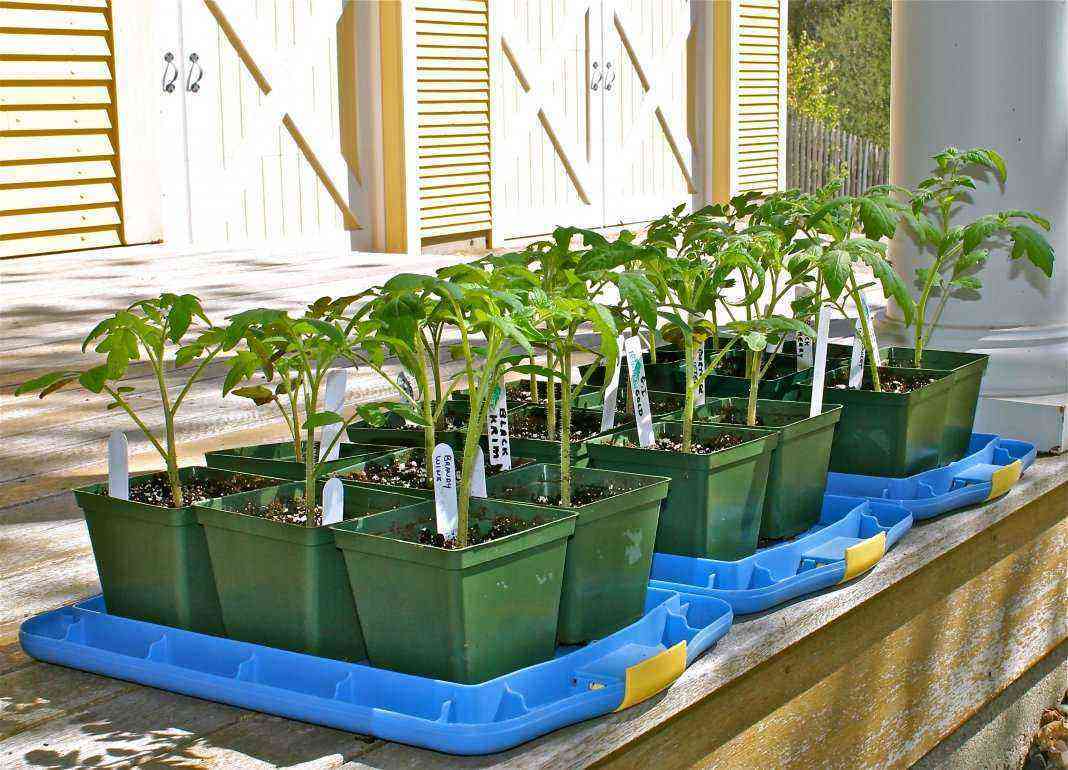Time flies quickly and now, it would seem, quite recently we were finishing another summer season, and here spring is just around the corner. February is just around the corner, which means it’s time to prepare for planting vegetables for seedlings. In this article I will tell you what vegetables and why you need to sow in the last winter month, and about some features of early sowing.
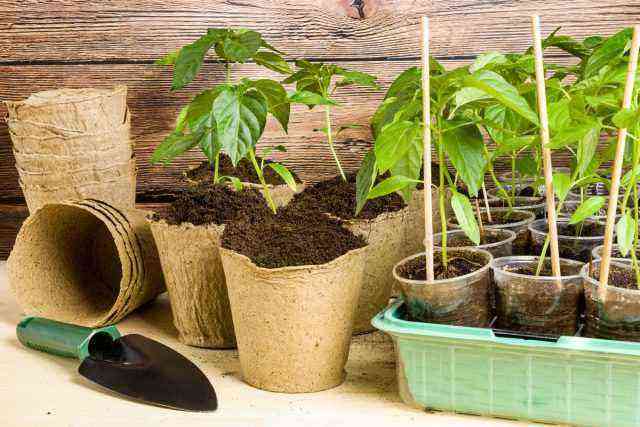 What vegetables should be sown in February for seedlings?
What vegetables should be sown in February for seedlings?
The timing of sowing seeds directly depends on the timing of planting seedlings in open ground, therefore, in early February, only residents of the south of Russia or owners of greenhouses can fearlessly start sowing certain crops. For summer residents of the middle lane, who do not have greenhouses, it is better not to rush in this matter.
And in order not to waste time, study your stocks of seeds and calculate the dates of sowing. To do this, it is desirable to know approximately the timing of planting seedlings in open ground in your area. From the estimated date, count the number of days for growing seedlings, plus the time for seedlings. It is difficult to determine the exact date, but approximate dates can be obtained with this calculation.
Experienced gardeners know how important nutritious soil, temperature and air humidity, and competent top dressing are for friendly seedlings. Meanwhile, perhaps the most important condition for the normal growth of seedlings is lighting.
Daylight hours in February are still quite short, winter is after all, and even the sunny side will not make up for the temporary lack of light. Therefore, during February crops, morning and evening supplementary illumination of seedlings is simply necessary, and in cloudy weather it is advisable to turn on the lamps during the day. Getting enough light, the plants do not stretch, which means they become stronger in every sense.
1. Pepper
The time of sowing pepper for seedlings is also determined according to the scheme described above. The growing season of seedlings is from 50 to 70 days, depending on the variety. Germination of dry seeds will take about 10 days, soaked seeds will sprout a little earlier – for 7-8 days. Therefore, late-ripening and slow-growing varieties of this crop can be sown from mid-February, taking into account the peculiarities of the local climate, of course.
To get strong, healthy seedlings of pepper, you need to think about additional lighting. For these purposes, fluorescent or phytolamps are suitable – a huge range of specialized stores will allow you to find the option that suits you.
A detailed description of the process in the article Growing seedlings of pepper.
 Eggplant varieties with early and medium ripening better tolerate lack of lighting and are more resistant to various diseases.
Eggplant varieties with early and medium ripening better tolerate lack of lighting and are more resistant to various diseases.
2. Eggplant
Another heat-loving vegetable crop is eggplant, the fruits of which are affectionately called “blue ones” by the people. Usually, seedlings are planted in the last ten days of February, but more accurate dates are determined in a proven way, taking into account the growing season of a particular variety and the local climate. A small nuance – eggplant varieties with early and medium ripening periods better tolerate lack of lighting and are more resistant to various diseases.
Many summer residents grow vegetables in greenhouses and greenhouses – in spring the soil warms up faster there and it is possible to plant seedlings in protected ground earlier. In this case, the timing of sowing seeds will shift.
How to sow eggplant seeds and care for seedlings, read the article Growing eggplant seedlings.
3. Tomatoes
The abundance of varieties and species of this culture, beloved by many, dictates its own sowing dates. In February, varieties of late ripening with a long growing season are usually sown. These are, as a rule, tall varieties with large fruits, as well as tomatoes with numerous medium-sized fruits and cherry tomatoes. The growing season for such varieties often exceeds 100 days, therefore, seedlings need more time to prepare for planting in a greenhouse or open ground.
Read about the intricacies of growing tomato seedlings in our article 10 rules for successfully growing tomato seedlings in an apartment
4. Celery root
Celery is a valuable dietary product and is known to many as an indispensable element of various weight loss dishes. There is nothing difficult in growing celery root yourself. But due to the long ripening period, it is possible to obtain root celery in our area only by seedlings. The best time for sowing seeds is February, but the exact dates, as usual, can be calculated taking into account information about the variety and local climatic conditions.
For sowing, boxes with fertile soil are prepared, which are pre-disinfected and moistened. Prepared seeds are laid out in grooves at a distance of 5 cm from each other or more often, but then the seedlings will have to be thinned out. Seeds are sprinkled with a thin layer of soil or left on the surface and provide a moist environment. Then everything is as usual – picking, watering, top dressing and mandatory supplementary lighting. In order to get beautiful smooth root crops by autumn, it is necessary to provide the seedlings with a free position, especially for the roots.
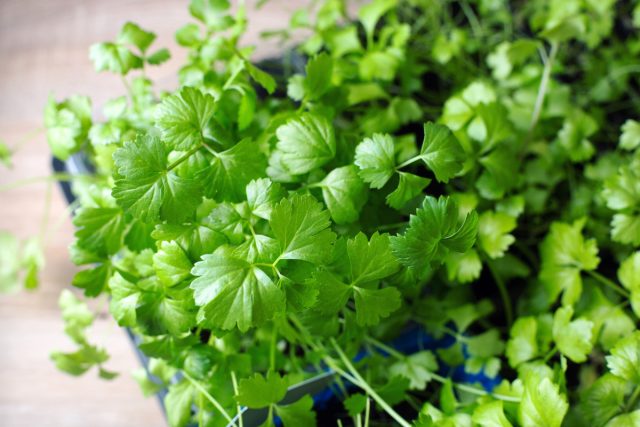 It’s not hard to grow your own celery root.
It’s not hard to grow your own celery root.
5. Seed potatoes
If you like to experiment and explore new crops and varieties, then the end of February is the best time to try growing potatoes from seeds and get guaranteed seed material. Of course, this activity will require additional space and your time, but the results are worth it.
It’s no secret that potatoes grown from elite tubers and those that can be bought in the spring on the market are two big differences. Elite planting material is expensive, and not everyone has the opportunity to purchase it with a guarantee, but today everyone can try to grow elite varietal tubers on their own.
The advantages of growing varietal potatoes from seeds are obvious:
- having grown varietal potatoes once through seedlings, you can select your own tubers for up to 7 years and get an excellent harvest;
- properly grown seedlings after planting in open ground are more resistant to viral and bacterial diseases and cope better with adverse weather conditions than potatoes planted in the usual way;
- the opportunity to get a good harvest in the first year, because with good care, tubers from seeds often reach a weight of 100 g;
- the ability to grow different varieties and choose what you like.
If you dare to grow your own elite varieties of potatoes, you need to know that their seedlings are more demanding in terms of conditions and care than tomatoes or peppers. You should think about additional lighting in advance, because good lighting is especially important for seedlings of this crop.
The root system of potato seedlings grows very slowly, therefore, when choosing soil, we prefer the most loose, water- and breathable substrate. When sowing, sprouted potato seeds are sprinkled with a thin layer of clean sand or simply left on the surface without sprinkling anything. Careful watering is very important to prevent the appearance of a “black leg”. And, of course, top dressing – competent, timely and without fanaticism.
When the seedlings reach a height of 2-3 cm, they dive into small cups. You do not need to immediately plant the sprouts in large containers in order to prevent acidification of the soil, it is better to transplant them again later. This is done easily and simply using the usual transshipment method.
Read all the details of sowing and caring for seedlings of potatoes in the article Growing potatoes from seeds.
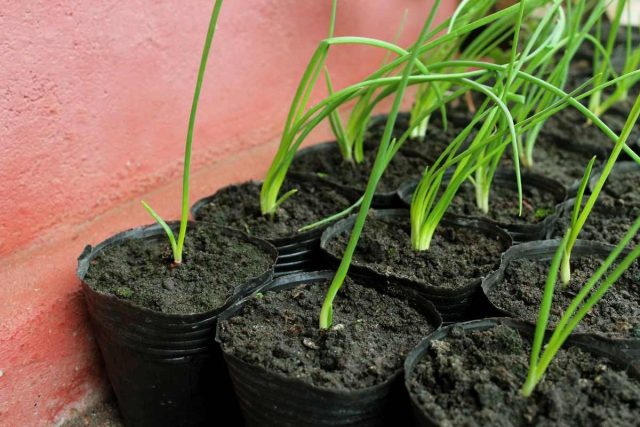 For sowing seedlings, sweet and peninsular onion varieties are especially good. © gardeningtips
For sowing seedlings, sweet and peninsular onion varieties are especially good. © gardeningtips
6. Bulb onions
In a conversation about the February crops of vegetable crops, one cannot ignore the onion turnip. Yes, now many gardeners grow this vegetable from seeds. And although, at first glance, this is a rather troublesome way to get onions, some of the advantages of the method are obvious:
- the possibility of obtaining a full-fledged varietal turnip in one season, and not after 2 years;
- reducing the growing season in the open field – for regions with an early onset of cold weather, this is very important;
- an annual bow does not go into the arrow, which allows the bulb to fully mature;
- a well-ripened turnip does not germinate and does not rot during storage.
For sowing seedlings, sweet and semi-sharp onion varieties are especially good, for example, Lyubchik, Mavka, Annual Siberian, Vostorg, Exhibition and many others, as well as hybrids Crystal F1, Cortland F1 , Albion F1, Mustang F1.
All the details of the process are in the article Growing turnip seedlings from seeds in a season.
Dear readers, sowing dates – an important component of the future excellent harvest – are easily calculated with an accuracy of plus / minus a couple of days. The main thing, when starting sowing seeds for seedlings in February, do not forget to carefully study the description and recommendations from manufacturers for growing each variety. The growing seasons of different varieties, even of the same crop, can vary greatly and, as a result, the timing of sowing seeds will also be different.
